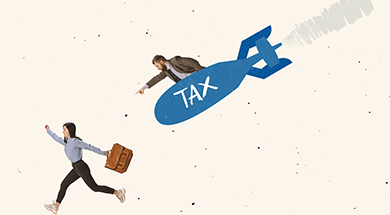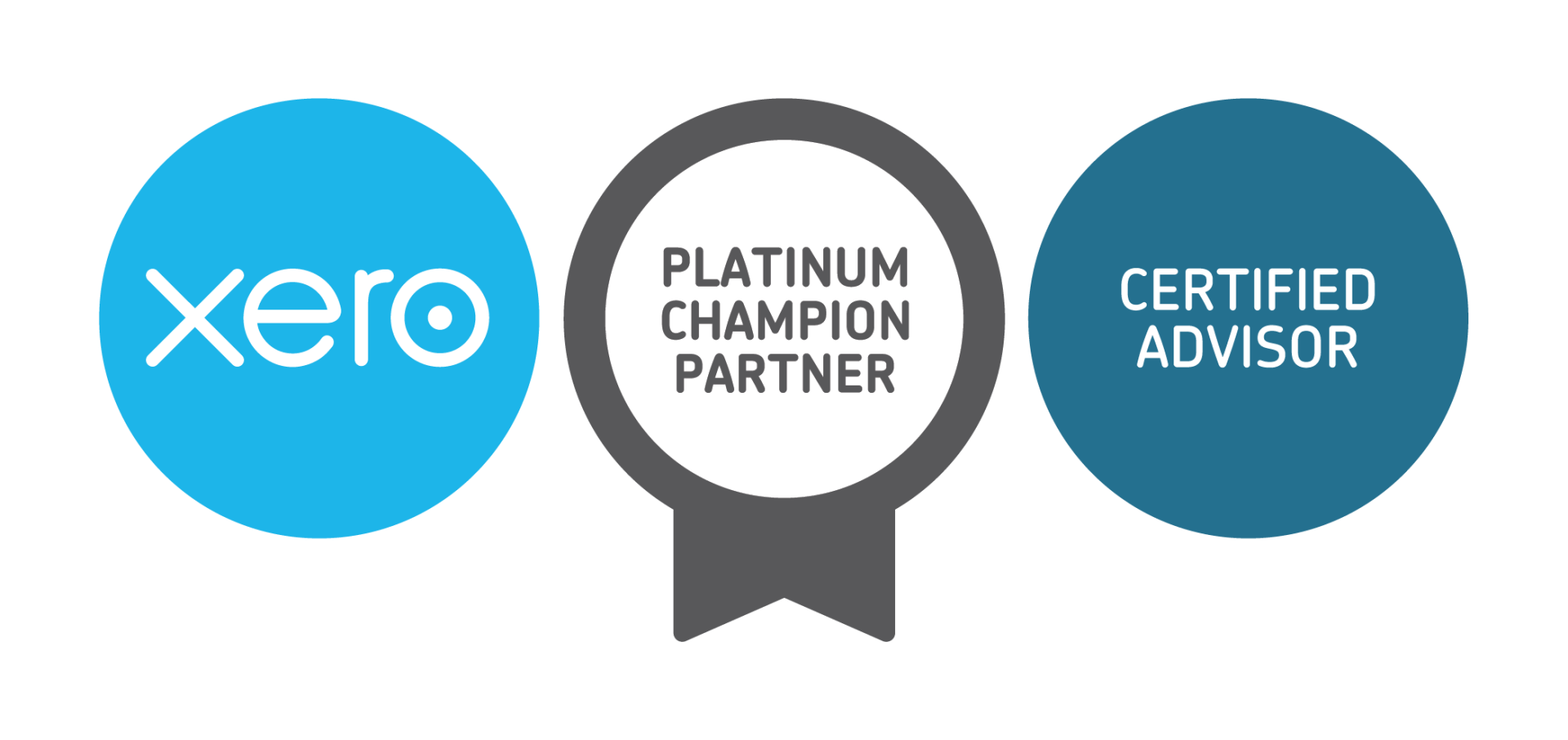For medium to large scale businesses, 1 July 2018 will bring a huge change in how they report payroll information to the ATO. That's the date the Government will roll out Single Touch Payroll, their new streamlined reporting solution. This system will allow employers to report wages, salaries, withholding, workplace giving, and super information to the ATO at the same time they pay their employees.
Depending on legislation still on the table in Parliament, the Government will introduce Single Touch Payroll for smaller businesses (those with 19 or fewer employees) on 1 July 2019. The 2018 rollout applies to employers who have 20 or more people on their payroll.
Many employers will need to update their payroll service to use Single Touch Payroll. The Government, though, is working with payroll service and accounting software providers to help them make any needed changes, so their clients can make a seamless transition to Single Touch.
single touch payroll for employers
The ATO does, however, have some information about the rollout to help employers prepare for the Single Touch Payroll changeover.
- Counting employees: First of all, employers must count the number of employees on their payroll as of 1 April 2018. To do so, they need to follow the ATO's guidelines for counting employees . Employers who have 20 or more employees on 1 April 2018 must continue with Single Touch Payroll, even if they lose enough employees to drop the number below 20.
- Smaller organisations may
opt in early: Although Single Touch Payroll is mandatory for organisations with 20 or more employees, smaller businesses can opt in on 1 July 2018 if they choose. They should plan ahead, though, for it will be mandatory on 1 July of the next year, if Parliament passes the needed legislation. - Payroll cycles can stay the same: Employers will not need to change their payroll cycle. Whether you pay your employees on a weekly basis, a fortnightly basis, or a monthly basis, the system can accommodate you. You can even customise your Single Touch for different pay cycles for different classes of employees.
Penalties for late reporting: During the first 12 months of the changeover, employees will be under a grace period-exempt from a penalty for failure to report on time. The Government reserves the right, though, to send employers a written notice that future late reports may trigger a penalty.
Exemptions for certain employers: The ATO may grant exemptions for those employers whose offices are in a rural area without Internet service or those employers who have 20 or more employees for only a short time during the year. Some farms, whose seasonal harvests impact their employee headcount, may fall under this exemption. Those who are exempt must follow the PAYG withholding rules: reporting and paying their PAYG withholding liability, providing their employees with payment summaries, and providing the Commissioner of Taxation with an annual report that summarises the year's total payments.
Deferrals for those unable to comply by 1 July: If your payroll service won't be ready by the rollout date, you may qualify for a deferral. Double check with your payroll provider to see if your software will meet the deadline. Other qualifying circumstances include:
- Natural disasters
- Entering liquidation or administration
- Other circumstances beyond your control
Employers who cannot meet the deadline must request a referral before 1 July. Your accountant can request the deferral on your behalf. If you don't have a Single Touch Payroll-enabled payroll solution, the expert team at Murray Nankivell can help you find one that best meets your needs. The Australian Business Software Industry Association (
How Can
The friendly team of accountants at Murray Nankivell can help you transition into the new system. Contact us today
to get started.

About the Author - Megan Inverarity

LEGAL
Liability limited by a scheme approved under Professional Standards Legislation.
Investngro Pty Ltd ABN 53 113 102 695 trading as Murray Nankivell Financial Planning, is an authorised representative of Count Financial Limited ABN 19 001 974 625 holder of Australian financial services licence number 227232 (“Count”). Count is owned by Count Limited ABN 111 26 990 832 of GPO Box 1453, Sydney NSW 2001. Count Limited is listed on the Australian Stock Exchange. Any taxation and accounting services are provided by Murray Nankivell and are not within the authority Count. The information on this web site is not financial product advice and is provided for information only.






